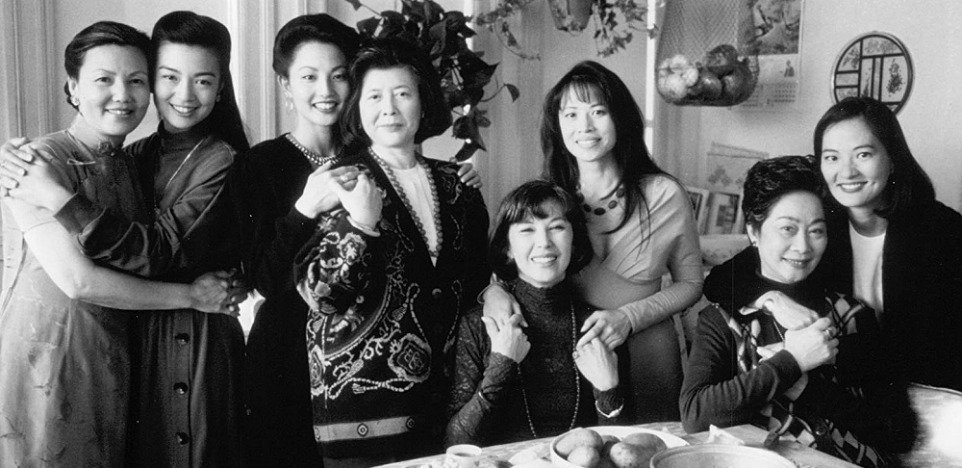Filmmaker Ingmar Bergman once stated: "Of all the human relationships I know, that of mother and daughter is undoubtedly the most mysterious, complicated and charged with emotion." This is certainly true of the four mother-daughter relationships at the core of The Joy Luck Club.
The film is set in contemporary San Francisco. June (Ming-Na), an American-born Chinese woman is invited to join the Joy Luck Club, a weekly mahjong group consisting of the three best friends of her mother, who has recently died. June always thought her perfectionistic mother was disappointed with her and that she, in turn, never understood her or her past. Now she learns that she has two half-sisters still living in China. A visit to them would give her a chance to pass on her mother's legacy of hope.
Film director Wayne Wang interweaves this unfolding story with flashbacks into the life-shaping events of the other three women during their years in China. There is Lindo (Tsai Chin) who used cunning to free herself from an arranged marriage. She has less success convincing her American-born daughter Waverly (Tamlyn Tomita) that she loves her.
There is Ying Ying (France Nuyen) whose desperate act of revenge against her philandering husband plunges her into a series of severe depressions. As a result, she has no spirit left to pass on to her daughter Lena (Lauren Tom) who is caught up in the same cycle of dependency on a man.
Finally, there is An Mei (Lisa Lu) whose mother secures her future in a rich family by taking her own life. In America, her daughter Rose (Rosalind Chao) struggles to express her feelings in a marriage to a wealthy man.
Singularly, each of these stories offers a compelling and vivid portrait of a mother-daughter relationship. Taken together, they add up to a masterful whole that goes straight to the heart. The outstanding screenplay was written by Ronald Bass and Amy Tan based on her novel.
The Joy Luck Club probes the full gamut of female experiences speaking forcefully about generational differences, cross-cultural confusions, the difference between expectations and hope, and the pain caused by misunderstanding and lack of direct communication. More than anything else, this serious film affirms our respect for the arduous spiritual journeys of mothers and daughters. We leave the theatre with a deep appreciation for the resiliency, courage, and love of these women who have taken long hard roads to discover that quality which is priceless within them.
